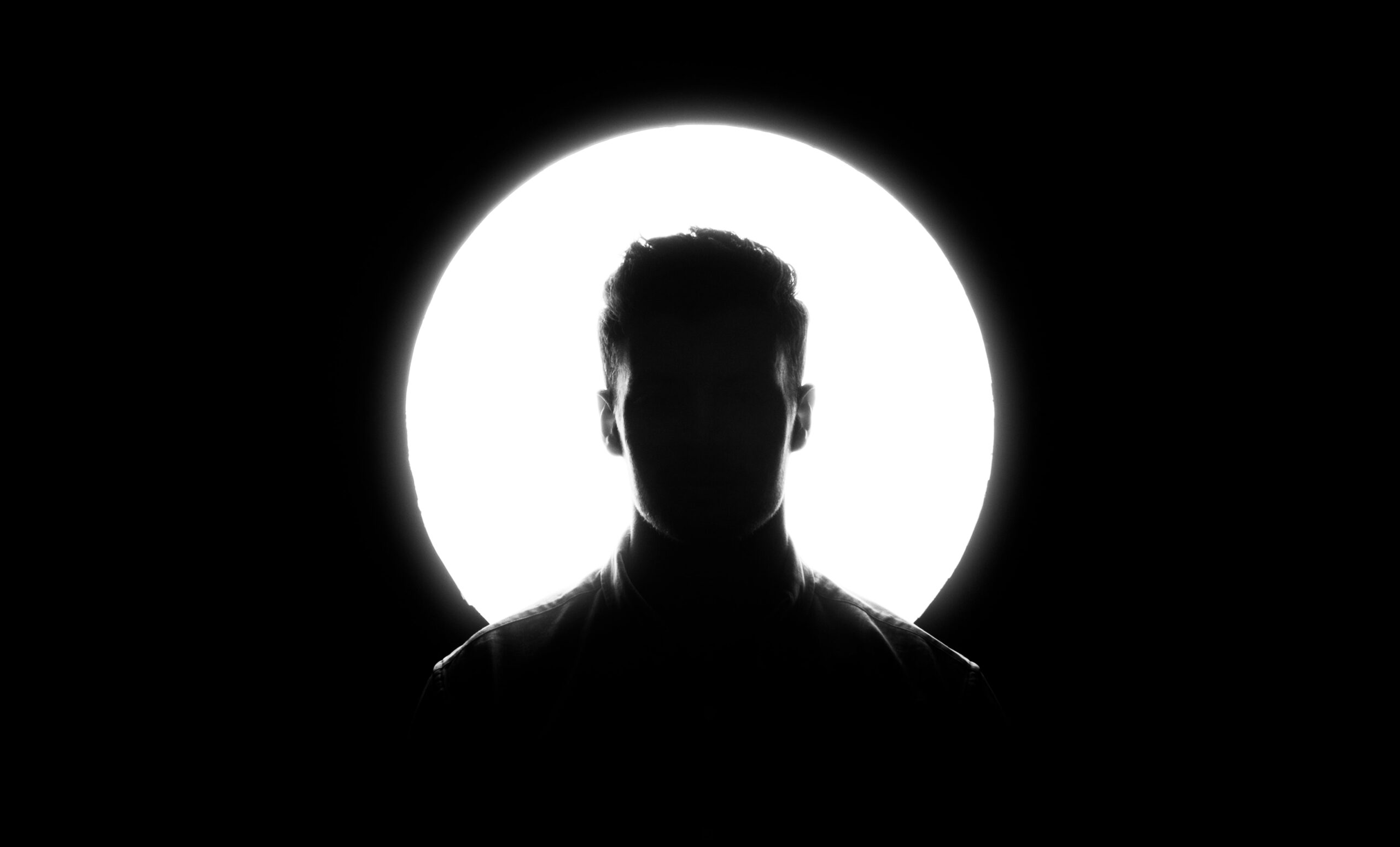An antihero is a flawed protagonist who complicates the audience’s normal notions of good and bad. Image courtesy of Joe Shields.
JACK WILLIAMS | STAFF REPORTER | jrwilliams@butler.edu
The proverbial “good cop” has to break a few rules to catch the bad guy. The superhero has to get a little dirt under their nails before they can save the city. These characters are antiheroes, and their draw on audiences seems to be magnetic. In a day and age where the cards seem to be stacked against the everyday person, people empathize with characters who defy the system for the greater good.
“My interpretation of [antiheroes] is morally flawed people that you want to root for,” Alena Finnell, a junior English major, said. “Some people don’t like certain morally flawed people, but if you’ve ever seen “Game of Thrones” I think of Tyrion as an antihero.”
Flaws give audiences something to latch onto beyond the manicured facade of a character like Superman. Antiheroes experience the same range of emotions, from greed to grief, that the everyday person does. This communicates the message that an audience member who has the same failings they do is able to still be a hero.
Prince Zuko, from the animated series “Avatar,” shows why this construction works. One of the main villains of the show, Prince Zuko, is painted as a tortured soul the audience can empathize with. He eventually transforms from an antihero into a pure hero and joins the protagonists’ team.
“We know that he’s trying to kill Aang [the protagonist], that at some points he’s really sadistic, but we also understand that his mom died, and he’s really missing his mom and dad,” Finnell said. “[These are] the complexities of emotion that can come from family life.”
Prince Zuko demonstrates on an exaggerated scale the family issues audiences might have to deal with in their own lives. When audiences root for Zuko as the underdog who still has the capacity for good within him, they are rooting for a little piece of themselves.
Dr. Edgerton, professor of creative media in the College of Communication, offers a different perspective on why audiences empathize with antiheroes.
“People can vicariously participate in those transgressions which express our disenchantment with the way things are,” Edgerton said. “But, ultimately, at the end of these stories, everything is put back in the box.”
Antiheroes are a way for the audience to break society’s rules without having to face the consequences. They are a form of catharsis. This is exemplified in Bryan Cranston’s role as terminally ill chemistry teacher Walter White in the TV series “Breaking Bad.” He turns away from his dead-end job and begins cooking meth to pay for expensive medical treatments and to support his family.
As the series progresses, Mr. White falls further and further away from the noble intentions that had previously guided him. He is slowly stripped of the layers of empathy the audience originally felt towards him until he meets his final downfall.
The audience can relate to the antihero up to a certain point, but at the end of the day viewers have to turn off their TV and continue living a life largely governed by society’s expectations. After vicariously living out Mr. White’s transgressions, the audience needs assurance that their lives within the traditional moral system are still valuable.
“Middle class morality has to be established at the end of the stories; we enjoy the transgressions as they go on, but we can’t let that be the final say,” Dr. Edgerton said.
“Breaking Bad” is a warning about America’s rickety health care system and the seductive pull of power, not an endorsement of Mr. White’s actions.
However, these themes are so relatable to audiences that even Mr. White’s grisly end doesn’t dull their respect for him. Dr. Etzler, a senior lecturer of German who has also taught a first year seminar based on “Breaking Bad,” noticed that even after a semester of class they still supported Mr. White.
“We still remember [Mr. White] as the good guy, even though there are reasons from the very beginning that we never should have bought into any of this stuff,” Dr. Etzler said.
The FYS remains wildly popular among Butler students. Dr. Etzler believes that the continual pull of “Breaking Bad” and other antihero shows is due to audiences’ desire to comprehend the darker side of humanity. There are figures in the real world with a muddled sense of morality who members of an audience may struggle to understand, whether that’s a politician or a personal acquaintance.
“Hopefully, with these types of characters like Walter White, we can kind of understand where they’re coming from, and maybe there’s a potential hope that you can change someone like that,” Dr. Etzler said.
The appetite for morally gray characters is still going strong today, judging by popular movies such as “The Batman” and series such as “The Boys” and “Wandavision.” However, this is not merely a modern phenomenon.
“Antiheroes have been around since the Greeks,” Dr. Edgerton said. “Homer had antiheroes. Antiheroes usually pop up when people have less confidence in the government and the way things work.”
Audiences have been fascinated by the darker side of society for thousands of years. The urge to root for the underdog or understand what makes the villain tick is visceral. As long as there is uncertainty in the world, antiheroes will keep popping up to provide catharsis and shed light on all the imperfections that make up humanity.



